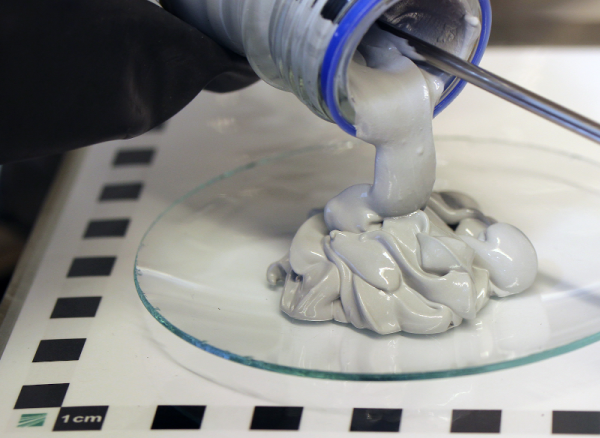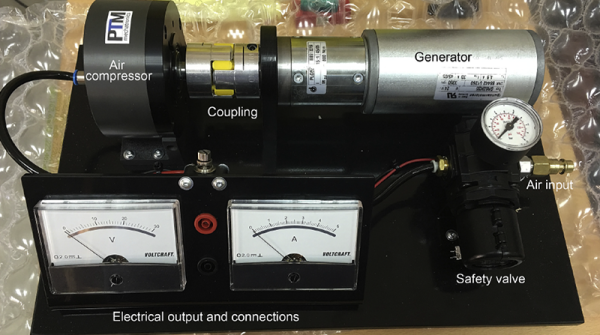We’ve been promised hydrogen-powered engines for some time now. One downside though is the need for hydrogen vehicles to have heavy high-pressure tanks. While a 700 bar tank and the accompanying fuel cell is acceptable for a city bus or a truck, it becomes problematic with smaller vehicles, especially ones such as scooters or even full-sized motorcycles. The Fraunhofer Institute wants to run smaller vehicles on magnesium hydride in a paste form that they call POWERPASTE.
The idea is that the paste effectively stores hydrogen at normal temperature and pressure, where it stays chemically locked until mixed with water. The researchers note that it will decompose around 250 °C, but while your motorcycle may seem hot when parked in the sun, it isn’t getting quite to 250C.













